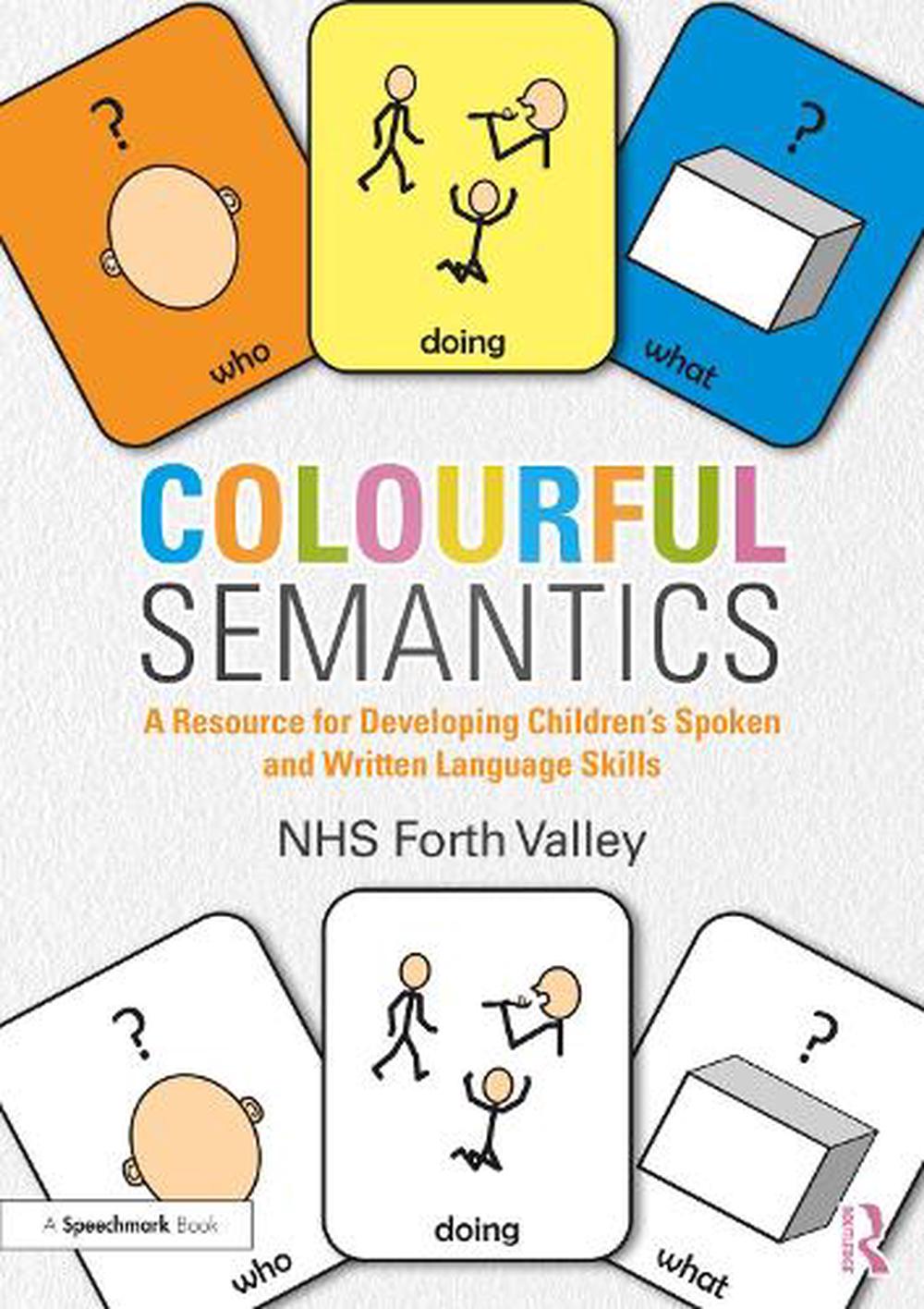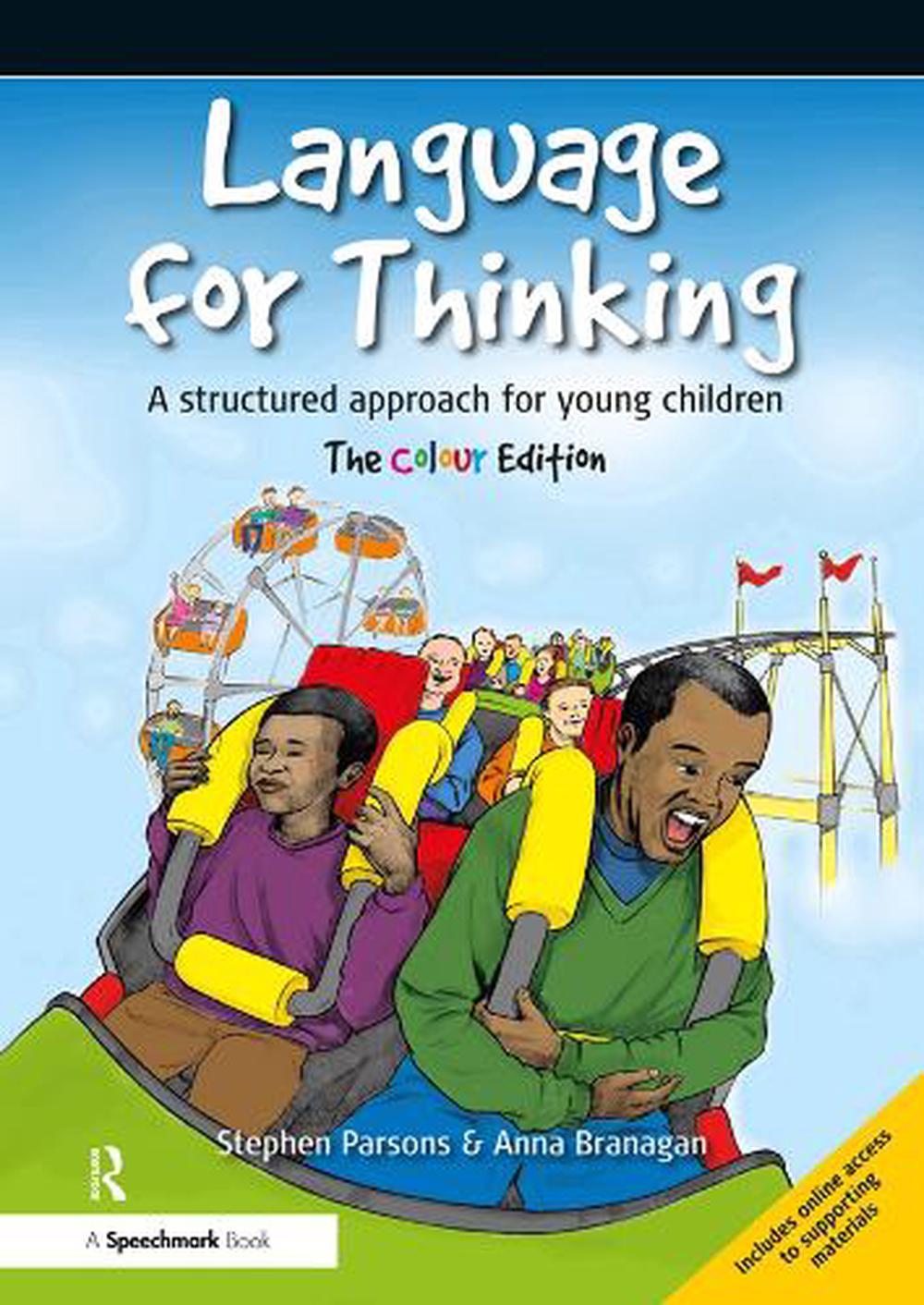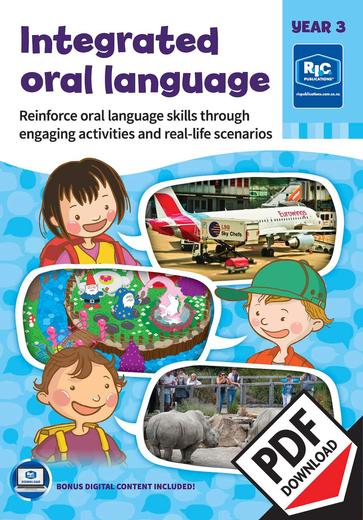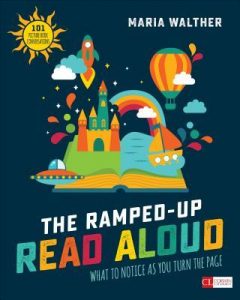LANGUAGE
Colourful Semantics
This comprehensive resource pack, developed in conjunction with education staff, draws on the principles of Alison Bryan’s original Colourful Semantics approach to provide professionals with an engaging, dynamic way to support children’s language development. By coding sentences using colour, symbols and signs, this visual approach aims to:
- teach understanding of question words
- develop vocabulary and increase sentence complexity
- increase range and complexity of verbs (children with delayed or disordered spoken language skills often overuse simple verbs such as do, go or get)
- improve children’s written language skills.

**First Language Lessons
Scripted lessons give the teacher direction and confidence, while exquisite pencil reproductions of great paintings are used to encourage children in oral composition. Originally published as a single two-year volume, Level 1 (Grade 1, this book) and Level 2 (Grade 2, available separately) have been redesigned as two separate simple-to-use one-year programmes. Grade Recommendation: Grade 1.

This programme can be used in isolation and bought from Book Depository or The Nile
**Language for Thinking
Language for Thinking is a structured approach to develop children’s language from the ‘here and now’ to the ‘how and why’. 50 colour drawings form the backbone of the resource. Written scenarios and question sheets are provided so adults can carefully promote children’s verbal reasoning and thinking skills. Great for kids with language delays in the earlier to maybe middle primary years.

This programme can be used in isolation and bought from Book Depository or The Nile
**Story Starters
Story Starters contains an extensive set of coloured illustrations, linked to a structured narrative framework, which will help a child construct story sequences. Many children exhibit difficulties with sequencing verbal information to form a cohesive narrative. In the classroom setting, the demands on the child increase dramatically as they are often expected not only to invent a story sequence, but also to write it down.



This programme can be used in isolation. Black Sheep Press in the UK (an excellent website with many language resources that speech language therapists use).
**Wordly Wise book
Level 1 is only oral vocabulary building using word/picture cards and story cards plus the normal story included in the book. This level is only available from the US Christian books or Rainbow Resources in the US. Wordly Wise 3000® 4th Edition provides direct academic vocabulary instruction to develop the critical link between vocabulary and reading comprehension. The robust activities, student engagement, and differentiated instruction provide the flexibility to meet the needs of today’s varying student population.

This programme can be used in isolation and bought from Book Depository or in the US.
**RIC Publications – Oral Language Integration
Give your students the chance to develop and reinforce their oral language skills with our new four-book series Integrated oral language. Through 25 entertaining and interactive themes, each with a variety of activities, students can continue to build their oral language abilities while having fun and relating to real-life scenarios.
Available for Early Childhood, Year 1, Year 2 and Year 3, this series will enhance previously-taught skills by allowing students to immerse and extend themselves in relatable topics such as pets, rainy days, going to the dentist, under the sea and much more.

**Language and Behaviour and Emotions
If you have gaps in language and emotional skills it can have a negative impact on behaviour as well as mental health and self- esteem. Language for Behaviour and Emotions provides a systematic approach to developing these skills so that young people can understand and work through social interaction difficulties.

To help teach language for 11 years and up the Language for Behaviour and Emotions book is an excellent resource.
This programme can be used in isolation and bought from Book Depository.
The Ramped-Up Read Aloud : What to Notice as You Turn the Page
What if each page of a picture book was guaranteed to enhance a child’s reading and writing tenfold? Would you ramp up your read alouds? In this remarkable resource, Maria Walther shares two-page read aloud experiences for 101 picture books that tune you into what to notice, say, and wonder in order to bolster students’ literacy exponentially.

This document was created by Sharon Scurr founder of the deb in August 2021